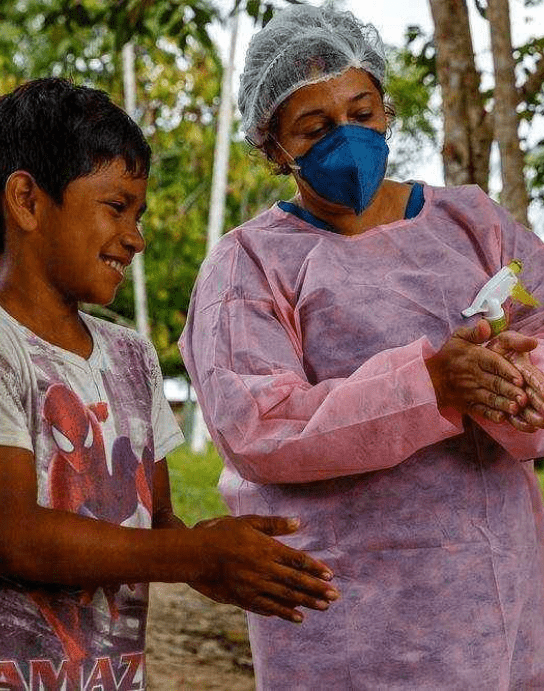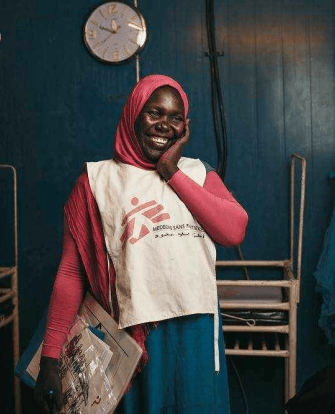During conflicts or natural disasters, where health services have often collapsed or are inadequate, emergency obstetrical needs are among the major needs we see. Over the period of 2008-15, 56 percent of all cesarean sections we performed were in active conflict settings. For this reason, rapid implementation of emergency maternal care is now incorporated into our response to these crises.
We also aim to locate services close to the people who need them. In some settings where this is not possible or we serve a large region, we have introduced mobile clinics that travel to areas where people often have no access to health care, combined with referral systems to identify women with pregnancy complications and transfer them when necessary to a health post or hospital that can provide appropriate care.
In remote locations such as Kabezi, a rural district in Burundi, we have also implemented ambulance services, which have been linked to significant reductions in maternal mortality.
Prenatal care improves the mother’s health during her pregnancy and helps reduce or manage complications for both mother and newborn. In addition, these consultations provide opportunities to inform women and their families about how to recognize complications and to prepare for emergencies, and about health structures where women can go for emergency care, if needed, and for delivery.
Post-natal care is another critical area for reducing maternal and infant death and improving the physical and mental wellbeing of mother and child. Most maternal illnesses and deaths occur at or soon after delivery, while the majority of infant deaths occur in the first few days post-delivery—and 30 percent of all child deaths below the age of five occur in the first four weeks of life.
HIV/AIDS and preventing mother-to-child transmission
Without treatment, 25 to 40 percent of all children born to HIV-positive mothers will also be infected. This rate can be reduced to below five percent with antiretroviral treatments for the mother and a short course of antiretroviral drugs for the baby, together with appropriate breastfeeding practices.
We have opened programs on prevention of mother-to-child transmission in many of the world’s most affected regions. In Swaziland, for example, we provided HIV treatment to thousands of HIV-positive pregnant women as soon as possible after their diagnosis to prevent their babies from becoming infected.
Care for other infectious diseases
Pregnant women are more susceptible to infectious diseases, and when infected they are more likely to experience pregnancy complications and face an increased risk of miscarriage or stillbirth.
For this reason, we offer preventive treatment to pregnant women exposed to diseases such as malaria and tuberculosis, and provide extra care where appropriate to pregnant women with these diseases or others such as cholera and hepatitis E.








